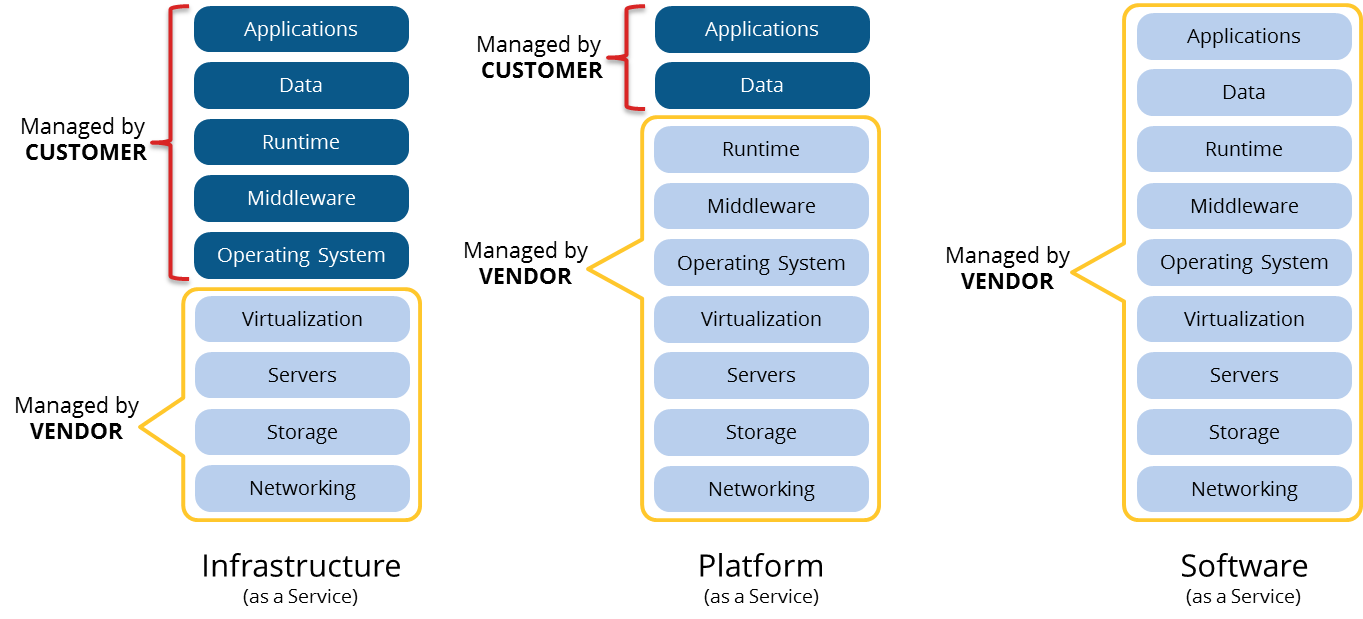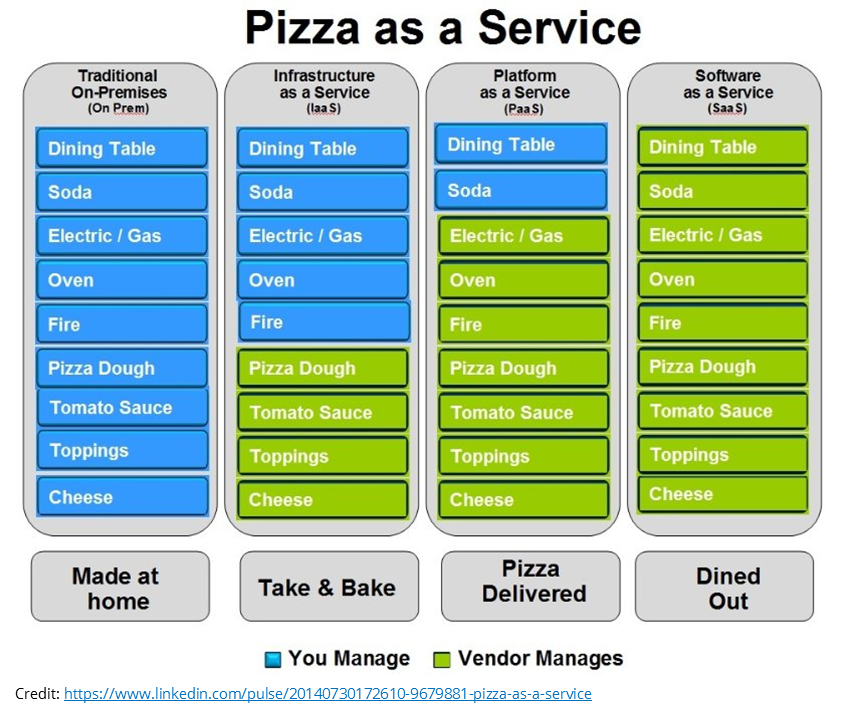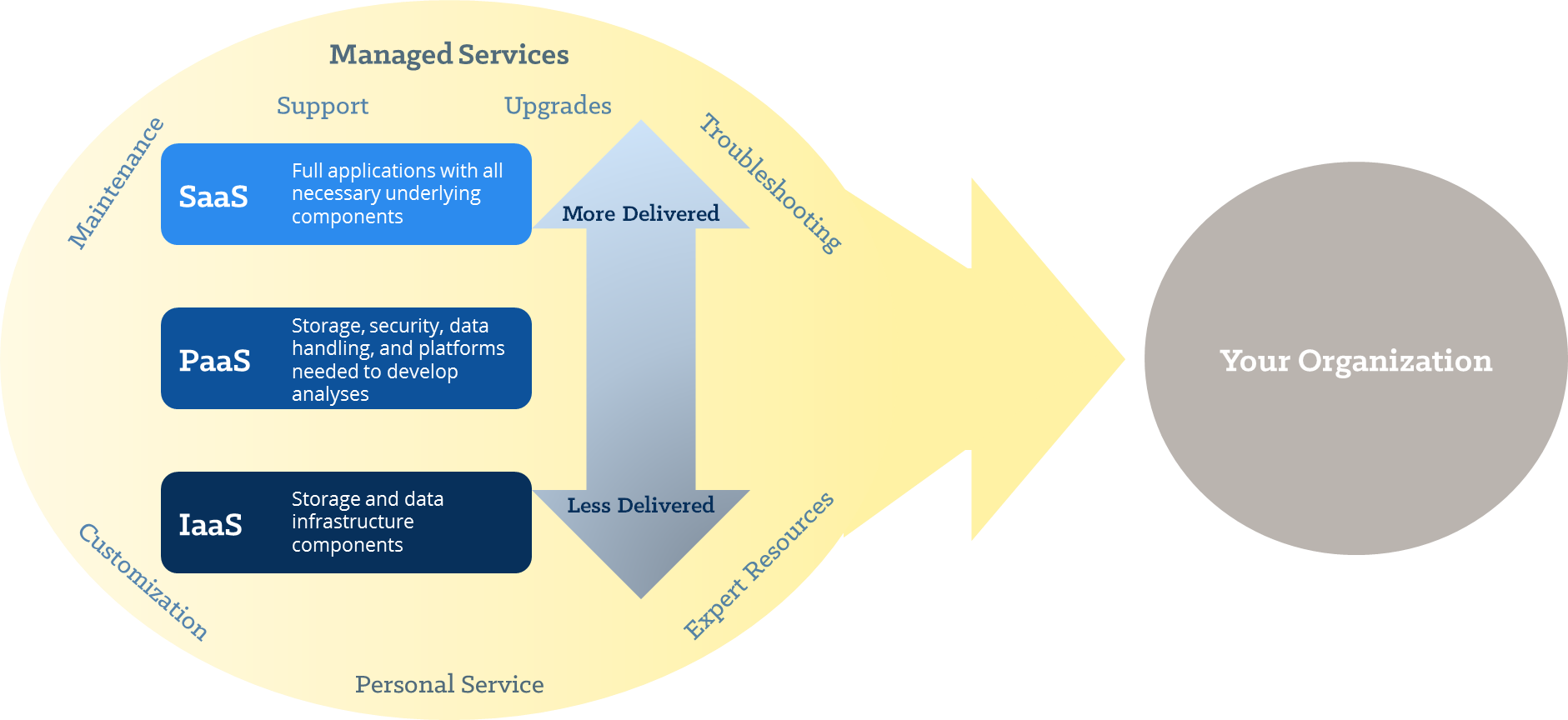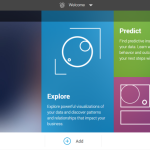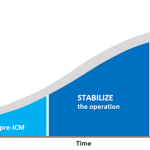Driving Analytics SaaS, PaaS, and IaaS with Managed Services: The Difference that Experts Make
As you can see from the title, there are a lot of “as-a-Services” floating around in the modern marketplace. New vendors appear every day offering software, platforms, and infrastructure over the cloud. In the midst of this wild west-style atmosphere, how can you be sure that the type of solution you choose will be right for you and will consistently perform in the way you expect?
Service Choices
The first step toward pulling your organization’s ideal mix of services out of the cloud is understanding the different levels of service available and the areas in which they can support you. The three main categories you can pick from, SaaS, PaaS, and IaaS, each have different focal points:
Software-as-a-Service (SaaS): Delivers applications via the web that a third-party vendor maintains, updates, and provides the infrastructure for. You have access to the interfaces of each piece of software you sign up to use and can feed your own data into these browser-based tools. An example of SaaS is IBM Watson Analytics, an application you can access through your browser and use for analysis activities.
Platform-as-a-Service (PaaS): Delivers a framework on which customers can build analytics assets and implement strategies. You have access to a fully functional cloud-based environment containing the information management appliances and business analytics platforms you want to leverage to realize your goals. You then manage any development done using those systems yourself while the vendor maintains the middleware, operating systems, virtualization capabilities, servers, storage, and networking components. This allows you to perform quick, cost-effective tests of possible solutions without going through the hassle and expense of bringing all the equipment you would need onsite. An example of PaaS is Ironside’s PDA in the Cloud solution, a remote Netezza data warehouse that you can integrate into your analytics workflows.
Infrastructure-as-a-Service (IaaS): Delivers the underlying servers, storage devices, virtualization capabilities, and networking components needed to build out a more complex platform. You have access to a remote datacenter built to your specifications over which you can add your own applications, OSes, and other elements included in a PaaS or SaaS offering. This allows the highest degree of control over what gets built out, but it relies heavily on you to do the building. It’s basically a blank slate that lets you craft any environment you have the skills and permission to implement. An example of IaaS is the cloud infrastructures that IBM SoftLayer provides.
Simply put, these levels of service represent different ratios of responsibility between you and the vendors with whom you choose to work.
As you move from IaaS to SaaS, the vendor takes greater and greater shares of responsibility off your hands and provides you with increasing amounts of cloud-based components. A strong analogy we recently discovered that represents these different levels well is pizza. The options available when you choose between homemade, take and bake, delivery, or restaurant pizza match up nicely with the cloud offerings we’ve been discussing.
In this scenario, the kind of pizza you want to make dictates the amount of work you have to do and the number of elements you need to provide to create that pizza. This is pretty much exactly what you need to decide when you choose SaaS, PaaS, or IaaS. The difference is that, unlike pizza, you need to pay a lot more attention to the people working behind the scenes when you choose any level of cloud-based service.
What Managed Services Adds
With a pure SaaS, PaaS, or IaaS subscription, you get a base environment that you’re mainly responsible for operating and adjusting. The vendor will usually provide periodic updates and maintenance based on the release schedule they’re following, but won’t spend a lot of dedicated time focused on just your environment. In addition, these different service offerings are typically generic and do not permit a great deal of customization due to the fact that the same structure is being rolled out to all subscribers. Everyone gets the same updates, sometimes with a few options for premium functionality or service add-ons that usually come at an extra cost.
This arrangement is fine if you’ve got the right people on staff at your organization to handle the cloud technologies you invest in, but what if your team needs to worry about developing your analytics assets and not troubleshooting any issues that come up? What if you’ve got some specific needs that require an environment that can be adjusted to fit you?
These are the kinds of concerns a managed services engagement can help you address. Beyond just giving you the environment or applications you want, managed services puts a team of experts at your disposal who will craft the cloud environment that suits your needs most accurately, maintain it in parallel with the analytics work you’re doing, and evolve its structure as your priorities change. With this kind of arrangement in place, you get a lot more up-close attention and support than you would in a standard SaaS, PaaS, or IaaS setup.
One item that usually comes up when organizations start investigating managed services options is price. At the outset, a managed services engagement appears to cost more than a SaaS, PaaS, or IaaS solution because you’re paying for skilled individuals on top of the licenses you choose to buy. Despite this, however, in the long run the reverse can end up being true. For example, the price for managed services will often have upgrades, tuning/adjustments, and other more involved maintenance and support activities rolled into it. Conversely, these items would either cost extra or have limited availability in a SaaS, PaaS, or IaaS subscription.
Another important consideration that contributes to the cost of a cloud service is the amount of internal resources you need to allocate to administer it and perform necessary upkeep and troubleshooting tasks. This can lead to delays in analysis results due to more focus being put on the day to day system-related activities instead of generating actionable intelligence. Of course, this isn’t an issue in a managed services scenario since you have platform and infrastructure experts dedicated to handling these kinds of tasks, as we discussed in our How to Pick a Partner, Not Just a Provider article.
It’s useful to understand these potential issues and pitfalls, but how do you actually decide what parts of your environment make sense for a straight-up SaaS, PaaS, or IaaS agreement and what parts need the extra care and attention that comes with managed services? Well, it all boils down to two factors: criticality and responsiveness.
When evaluating cloud delivery methods for your organization, ask yourself how integral the solution you’re investigating is to your organization’s goals. If the answer is that it’s a key component in one or more of your strategies for the future, then you should consider having a managed services team support it. A group of experts dedicated to ensuring that your most important assets stay live and run at peak efficiency will make a huge difference in your internal team’s productivity and will prevent system failures from derailing your timelines. Also, the managed services professionals assigned to your environment will be able to fine tune the assets you select, molding them to custom fit your purposes.
The second core element that makes a cloud service fall more into managed services territory is the speed of response you expect from your solution. This is especially important in a PaaS or IaaS situation as they usually involve multiple components working together and sometimes even have underlying layers of remote delivery contributing to the end result that you see. What managed services enables here is a single point of contact for addressing any piece of functionality included in the full solution. The team handling your system will track all secondary relationships contributing to the environment as a whole, saving you the overhead of contacting every vendor or provider individually when something comes up.
On the other hand, if the remote asset you’re considering is planned for more generic uses or will serve a broader function in your environment, a SaaS, PaaS, or IaaS solution may be your best option. What matters most in this scenario is picking the option that will have the least amount of maintenance required. It should ideally be able to function independently and not need a large amount of troubleshooting input from your team. This will let you access it when necessary and leave it alone when not in use with no major consequences. If you have the staff needed to do more in-depth management on this type of solution, then the concerns above are less of an issue.
Next Steps
As you can see, developing a mature cloud services strategy takes a lot of consideration and planning, but any effort you put into this process will translate directly into powerful results further down the road. The payoff on a well-developed remote environment is huge. It increases your agility as an organization, reduces the amount of time needed to get advanced technologies up and running, and allows you to pick the exact components you need to succeed at a fraction of the cost required to bring them onsite. Regardless of the level you engage on and whether or not you decide to augment your capabilities with managed services, there are an unlimited array of exciting possibilities to explore.
If you’d like to learn more about which of these options would work best for your situation, Ironside would be glad to help. The Ironside Managed Services team is full of seasoned professionals who live in the cloud every day and will discover the SaaS, PaaS, and IaaS solutions that best reflects the capabilities you desire. Check out one of the team’s recent case studies for more information and get in touch with us for a free discovery call today. We’d love to help you evaluate and implement the best approach for your business.



